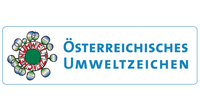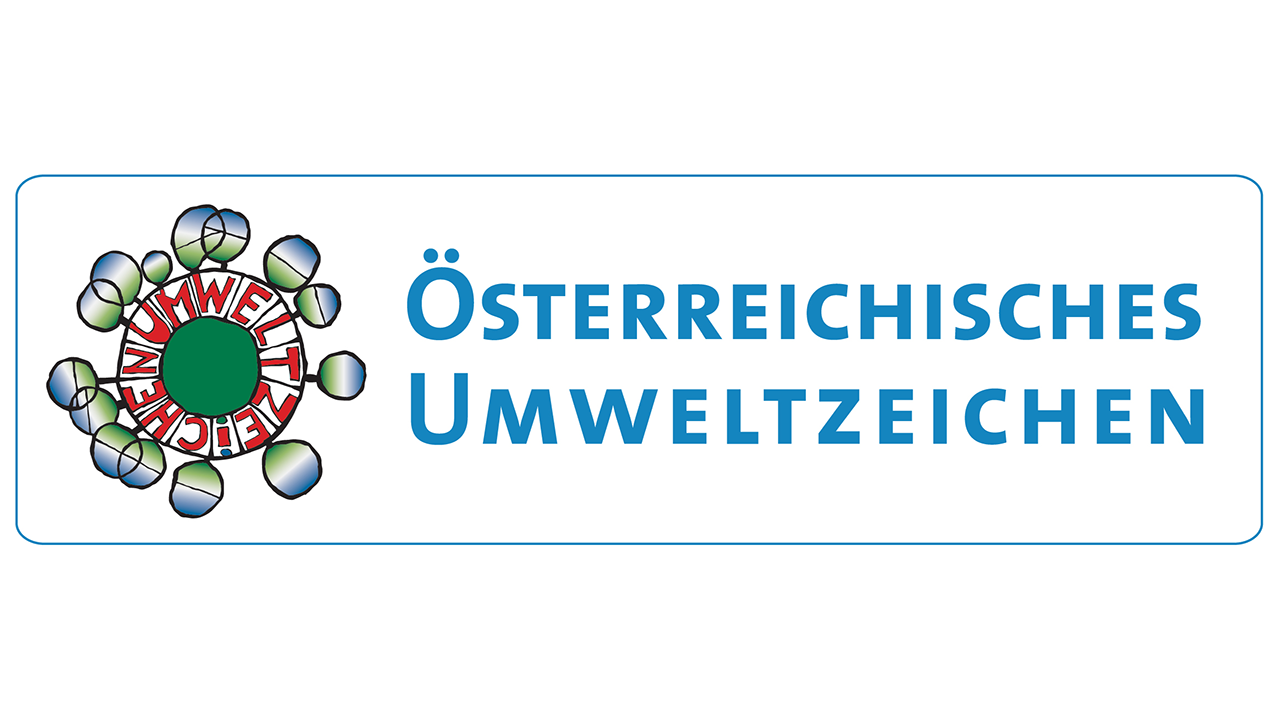Sustainability and health combined in a portfolio: First healthcare fund managed under consideration of ESG criteria
Investments in the 40 most attractive healthcare companies worldwide, regionally diversified and across sub sectors
The sustainability filter includes a "best-in-class" approach and the application of a strict exclusion process
Indexed performance (as at: 19.12.2025)
NAV: USD 174.33 (18.12.2025)
Rolling performance (19.12.2025)
| I-USD | Benchmark | |
| 18.12.2024 - 18.12.2025 | 8.82% | 12.52% |
| 18.12.2023 - 18.12.2024 | 2.27% | 4.15% |
| 16.12.2022 - 18.12.2023 | -4.10% | 1.94% |
| 16.12.2021 - 16.12.2022 | -11.65% | -4.07% |
Annualized performance (19.12.2025)
| I-USD | Benchmark | |
| 1 year | 8.82% | 12.52% |
| 3 years | 2.20% | 6.10% |
| 5 years | 0.04% | 6.29% |
| Since Inception p.a. | 4.55% | 9.01% |
Cumulative performance (19.12.2025)
| I-USD | Benchmark | |
| 1M | 0.47% | 0.94% |
| YTD | 9.65% | 13.44% |
| 1 year | 8.82% | 12.52% |
| 3 years | 6.73% | 19.45% |
| 5 years | 0.20% | 35.65% |
| Since Inception | 39.46% | 90.56% |
Annual performance
| I-USD | Benchmark | |
| 2024 | -1.00% | 1.13% |
| 2023 | -1.42% | 3.76% |
| 2022 | -13.85% | -5.41% |
| 2021 | 6.70% | 19.80% |
Facts & Key figures
Investment Focus
The fund’s aim is to achieve capital growth in the long term, is actively managed and invests in healthcare firms with strong sustainability credentials and innovative business models. Examples of sustainability in the healthcare industry are environmentally sound procurement policies for drug makers, Show moreShow less
Investment suitability & Risk
Low risk
High risk
General Information
| Investment Manager | Bellevue Asset Management AG |
| Custodian | CACEIS BANK, LUXEMBOURG BRANCH |
| Fund Administrator | CACEIS BANK, LUXEMBOURG BRANCH |
| Auditor | PriceWaterhouseCoopers |
| Launch date | 29.06.2018 |
| Year end closing | 30. Jun |
| NAV Calculation | Daily "Forward Pricing" |
| Cut of time | 15:00 CET |
| Management Fee | 0.90% |
| Subscription Fee (max.) | 5.00% |
| ISIN number | LU1819585370 |
| Valor number | 41666672 |
| Bloomberg | BBSHCIU LX |
| WKN | A2JMRD |
Legal Information
| Legal form | Luxembourg UCITS V SICAV |
| SFDR category | Article 8 |
| Redemption period | Daily |
Key data (30.11.2025, base currency USD)
| Beta | 0.77 |
| Volatility | 11.46 |
| Tracking error | 7.51 |
| Active share | 32.12 |
| Correlation | 0.79 |
| Sharpe ratio | -0.14 |
| Information ratio | -0.54 |
| Jensen's alpha | -3.69 |
| No. of positions | 62 |
Portfolio
Top 10 positions
Market capitalization
Geographic breakdown
Breakdown by sector
Benefits & Risks
Benefits
- Investments in the 45 most attractive healthcare stocks worldwide with due account taken of current sustainability criteria.
- Many years of recognized bottom up expertise coupled with comprehensive sustainability research from Sustainalytics.
- The sustainability filter combines a best-in-class approach with the application of a strict exclusion procedure.
- Proprietary investement process: Half-yearly company evaluation and rebalancing.
- Underweighting of pharma and US stocks against the relevant healthcare indices, and a strong focus on mid caps.
Risks
- The fund actively invests in equities. Equities are subject to strong price fluctuations and so are also exposed to the risk of price losses.
- The fund may invest a proportion of its assets in financial instruments that might under certain circumstances have a relatively low level of liquidity, which can in turn affect the fund’s liquidity.
- The fund invests in foreign currencies, which means a corresponding degree of currency risk against the reference currency.
- Investing in emerging markets entails the additional risk of political and social instability.
- The fund may engage in derivatives transactions. The increased opportunities gained come with an increased risk of losses.
Review / Outlook
Global equities rose modestly in November 2025 (MSCI World Index; +0.3%), with healthcare significantly outperforming (MSCI World Healthcare Index; +8.1%) as policy visibility continued to improve and the sector benefited from strong earnings momentum. It was a remarkable month for the sector, which also saw Eli Lilly becoming the first healthcare company with a market capitalization over USD 1 tn. The Bellevue Sustainable Healthcare (Lux) Fund (I shares) rose 6.0%, underperformed its benchmark due to an underexposure to the US market and large cap value/ defensive healthcare.
In early November, Eli Lilly and Novo Nordisk became the latest major pharma companies to reach agreements with the US Administration on drug pricing and manufacturing commitments. These agreements build on the initial framework set by Pfizer, AstraZeneca, and Merck KGaA. These developments have further shifted sentiment from maximum uncertainty toward increasing confidence, creating a de-risking event for investors.
M&A activity remained strong in November. Abbott Labs announced plans to acquire Exact Sciences for a total of USD 23 bn, significantly expanding its diagnostics presence in oncology screening. After a bidding war with Novo Nordisk, Pfizer completed the acquisition of obesity drug company Metsera for up to USD 10 bn. It was announced that consumer goods company Kimberly-Clark Corporation would acquire consumer health company Kenvue for USD 40 bn.
In terms of innovation, we saw Roche with two surprise positive clinical trial outcomes in the month, driving a significant rally in the shares (up 19% in the month). Despite prior failures from rivals, the Swiss company’s BTK inhibitor fenebrutinib reported positive data in relapse remitting multiple sclerosis. Later in the month, its oral SERD giredestrant becomes the first-in-class to show superior invasive disease-free survival in early breast cancer. On the negative side, Novo Nordisk's GLP-1 semaglutide failed to delay the progression of Alzheimer’s disease in the Evoke study.
In terms of subsector performance, pharma, biotech, and medtech subsectors gained 12.7%, 7.7%, and 4.5%, respectively, while life-science tools and healthcare services also advanced. Regionally, the US led with a 9.0% gain, followed by Europe (+6.0%) and Asia (+2.7%), contributing to strong overall sector performance.
Among portfolio holdings, Penumbra (+28.9%; continued commercial momentum), Eli Lilly (+24.8%; Trump deal on GLP-1s), and Roche (+18.7%; two positive clinical trial readouts) delivered the strongest absolute returns in November.
The healthcare sector is entering a new, more durable phase of growth following several years of structural and policy headwinds. Healthcare equities remain materially underrepresented at around 10% of the S&P 500 despite contributing roughly 18% to US GDP, with valuations still near decade-long lows. After a prolonged period marked by pricing uncertainty and regulatory overhang, fundamentals are stabilizing and investor confidence is returning. Within this recovery, biotechnology has emerged as a key driver – transitioning to cash-generative growth supported by premium drug pricing, leaner cost structures, and disciplined capital allocation.
Long-term secular drivers – aging populations, expanded access to healthcare in emerging markets, and accelerating innovation in fields such as AI, robotics, and precision medicine – remain firmly intact. Innovation not only drives growth but also enhances system efficiency by mitigating long-term care costs. Against this backdrop, the fund maintains a selective, high-conviction strategy with diversified exposure across healthcare subsectors, emphasizing biotechnology and life-science tools as core overweight positions to target structural and cyclical outperformance.
As communicated in the last factsheet, in November 2025 we successfully refined the investment strategy of the Bellevue Sustainable Healthcare (Lux) Fund. The fund’s sustainability framework remains fully intact and will continue to comply with the requirements of the Austrian Ecolabel (UZ 49) as well as maintain its SFDR Article 8 classification. The refinement entails a transition from a regionally focused allocation with rules-based stock selection and position sizing to a more dynamically managed, bottom-up investment approach. This revised approach emphasizes high-conviction stock selection within defined risk parameters.
Dokumente
Show moreShow less
ESG
Legal notices
Portfolio examples with ESG relevance
Österreichisches Umweltzeichen






